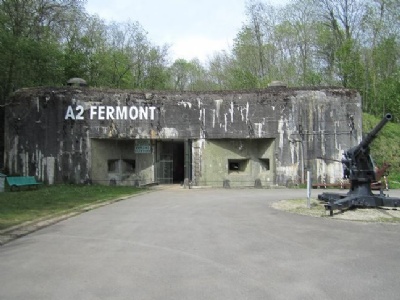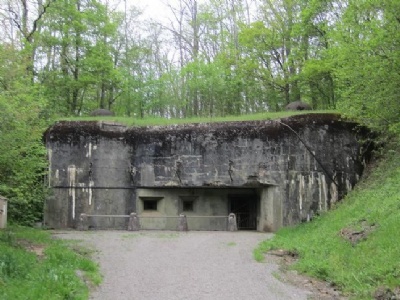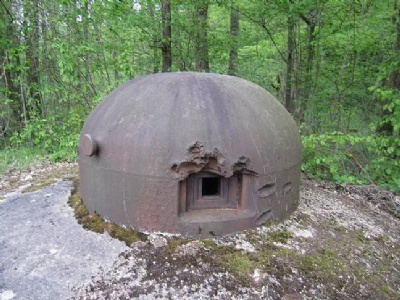Fermont Fort
This fort was part of a defensive line along the French border with Germany France began to build in 1929 to meet a possible attack from the arch enemy Germany. The defence line is named after the French minister of war, Andre Maginot, and consists of both large and small defence facilities. When Germany attacked France in May 1940, the Maginot line was found to be deficient. The Germans attacked France through the Benelux countries, bypassing the Maginot line, which was constructed for a front attack, not from the flanks or from behind. Fort Fermont is located on the outskirts of the city of Longuyon and was built between 1931 and 1936. By that time it was a top modern defence construction. The fort consists of about two kilometers of underground facilities connected by a railway network. Total space was about 30 hectares. Like other forts, the fort was considered a guarantee that German aggression would be repelled immediately. But because the Germans bypassed the Maginot line, it became unusable.
Current status: Preserved with museum (2012).
Location: 49°26' 57.33"N 05°40' 03.90"E
Get there: Car.
Follow up in books: Kaufmann, J.e.: Fortress Europe: European Fortifications of World War II (2002).



Fort Fermont is not the only fort that is a museum. There are a large number of museums and abandoned bunkers along the entire defence line. Visitors af the underground facilities are guided on trains that was in use during its heydays. The disadvantage is that the tour is only in French.